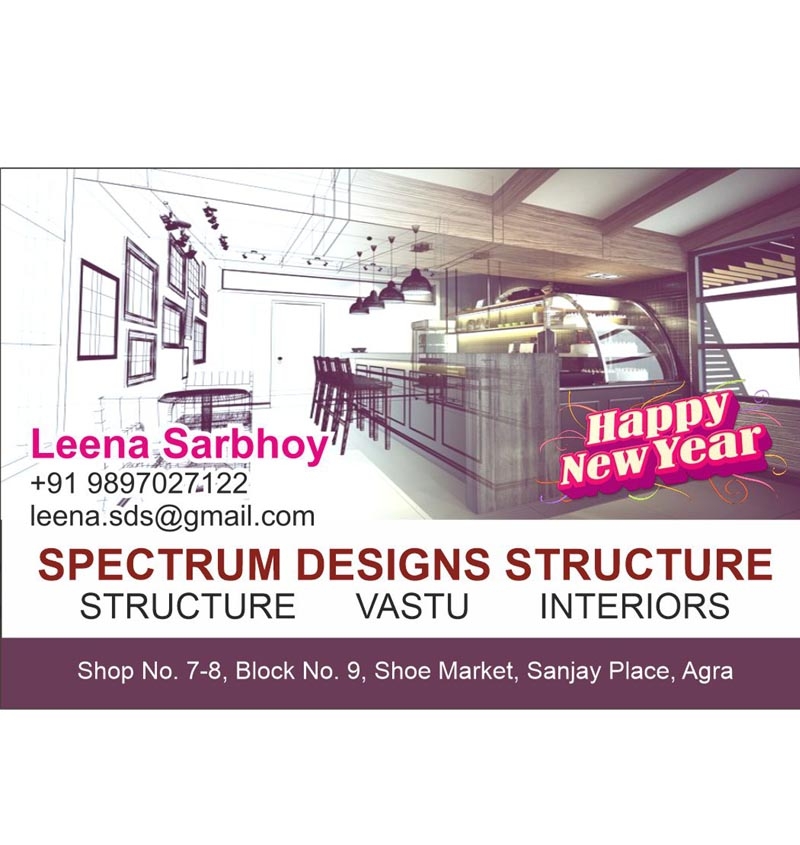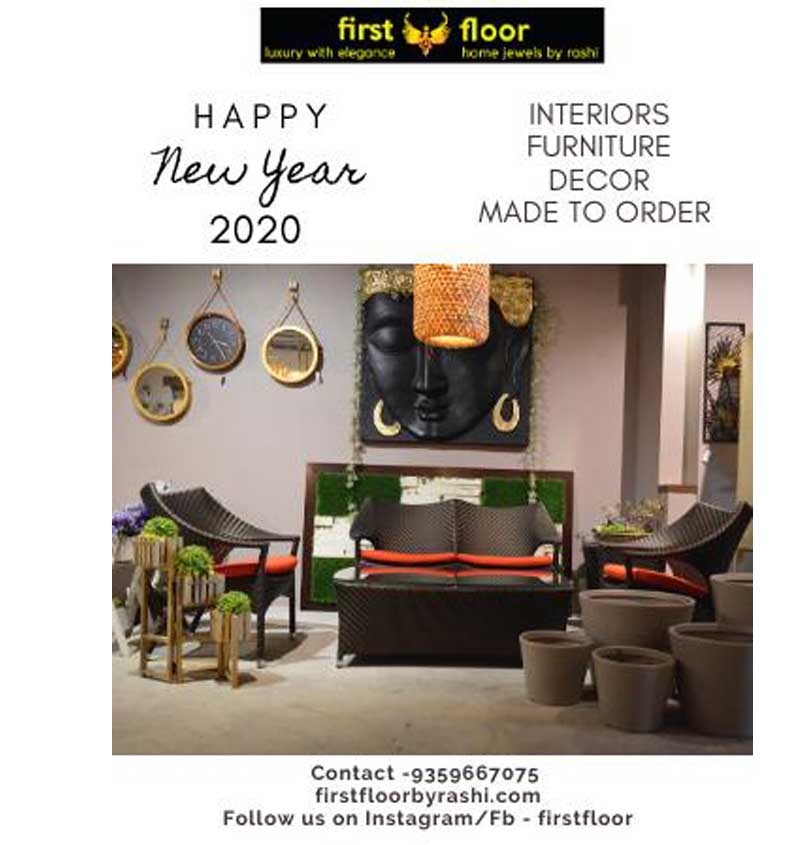The Fashion Pipeline: From Catwalk to Closet
High fashion serves as the starting point of a trickle-down effect that impacts the broader fashion industry. Designers use the runway as a canvas to explore themes, express cultural commentary, and push boundaries. While many of the avant-garde pieces are not intended for mass production, they introduce key trends—like a particular cut, print, or color palette—that are then interpreted and simplified by commercial brands.
For example, a dramatic oversized blazer seen in a Balenciaga show might be adapted into a more wearable version by Zara or H&M within a few months. This process, often referred to as "fast fashion," ensures that runway-inspired styles become available to the public at affordable prices, albeit sometimes at the cost of quality and sustainability.
Celebrity Influence and Social Media Amplification
Fashion shows have long attracted celebrities, stylists, and influencers, and in the age of Instagram and TikTok, the runway's reach extends further than ever before. When a celebrity wears a designer look from a show, their followers take notice. These moments create a demand for similar styles, prompting both high-end and budget-friendly brands to replicate key pieces quickly.
Moreover, influencers often act as intermediaries between high fashion and everyday consumers. By styling designer-inspired pieces in relatable ways, they help translate runway drama into outfits suitable for school, work, or a night out.
Runway Trends That Became Everyday Staples
Several trends that began as runway experiments have become part of our regular wardrobes. Consider:
-
Athleisure: Once considered gym-only wear, athletic clothing made its way into mainstream fashion thanks to designers like Alexander Wang and Stella McCartney.
-
Logomania: High fashion’s obsession with visible branding trickled into streetwear, making logo tees, monogrammed bags, and branded sneakers everyday items.
-
Monochrome and Minimalism: Inspired by luxury designers like The Row and Celine, minimalist dressing with clean lines and neutral palettes has become a timeless go-to.
The Cycle of Influence: Street to High Fashion and Back Again
Interestingly, the influence isn’t just one-way. In recent years, street style has begun to inform high fashion as well. Designers often look to youth culture, urban trends, and even thrifted vintage fashion for inspiration. This creates a cyclical dynamic where everyday style and high fashion are constantly in conversation.
Conclusion: A Silent Collaboration
The relationship between high fashion and everyday style is both subtle and powerful. While the runway may seem like a fantasy world, its influence on what we see in store windows and our closets is undeniable. Fashion, at its core, is about communication—and through a silent collaboration between designers, brands, and consumers, the art of the runway becomes part of our daily lives.



















Your Message